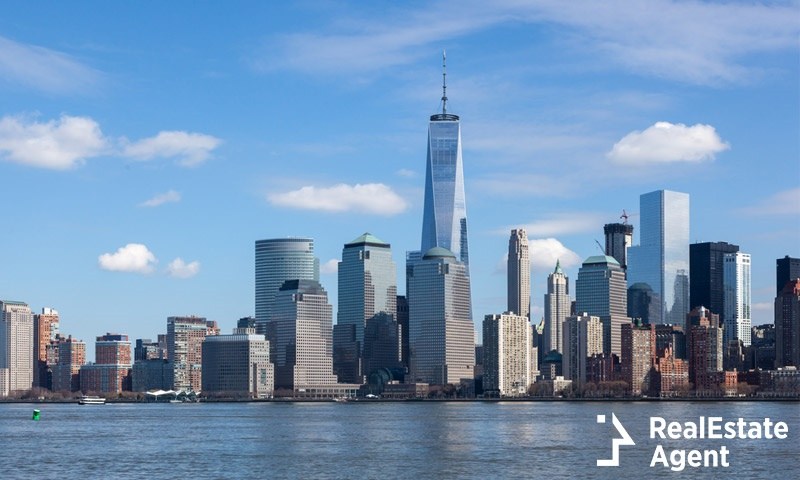In the wake of the 9/11 terror attack, the site of the World Trade Center was immediately christened “Ground Zero”; a term normally used to describe the epicenter of sites where destruction has been caused by the detonation of a nuclear weapon. Of course, the attack that took nearly 3,000 lives and two of the world’s most impressive buildings certainly caused enough destruction – and shook the American people, and New Yorkers in particular, down to the core. As the saying goes what “doesn’t break you makes you stronger.” New York real estate agents have seen a continuous growth of population year by year.
Wounded but not Defeated
15 years later, the city continues to rebuild Ground Zero, with new buildings rising literally from the ashes, a testament to the city’s refusal to stay down or cowed. Immediately after the horrifying event, President George W. Bush and New York City Mayor Rudolph W. Giuliani pledged to quickly rebuild the World Trade Center site as an inspiring symbol of American resilience and triumph over terrorism. The process has been long and slow, however; despite the prompt promises, rebuilding has been a series of fits and starts, in part due to the magnitude of what happened and in part due to severe political and legal tussles among the parties directly involved in the enormously complex project.
Causes of delay in the rebuilding process
The causes of delay were a result of both political and legal tussles between various interest groups. These included a struggle for power between Port Authority of New York and New Jersey, and the dispute between real estate developer Larry Silverstein, who leased the World Trade Center from the Port Authority in July 2001, and the Lower Manhattan Development Corporation (LMDC) – an organization established in November 2001 to manage federal aid and oversee the rebuilding efforts. As the rebuilding process progressed, it eventually came to involve more than a dozen government agencies and some 100 construction companies and subcontractors.
Because of the conflicting interests created by political bickering and a painstaking debate over design by parties involved, the progress on the rebuild of the World Trade Center initially seemed slow in the years after 9/11. Gradually, however, the new complex of office buildings and public space has taken shape.
What has been achieved so far?
The National September 11 Memorial and Museum occupies about half of the 16-acre World Trade Center site. This area contains two large waterfalls and reflecting pools, each of which is about an acre in size, set in the former shadow of the Twin Towers. On the bronze parapets surrounding the pools are inscribed names of the people killed in the terrorist attacks of 9/11 as well as those killed in the 1993 World Trade Center bombing.
The 7WTC, a smaller building north of the site, was completed in 2006; as was the 4WTC, a sublime new office building to the east. The 1WTC welcomed its first tenants in early 2015. Two other towers are deferred, 2WTC and 3WTC. Tower 3 is set to be completed by 2018 and the entire site should be finished by 2020.
The journey to rebuild Ground Zero might take several more years of construction, but once completed, the icon will stand as yet another indomitable symbol of the spirit of the American people and the City of New York.









